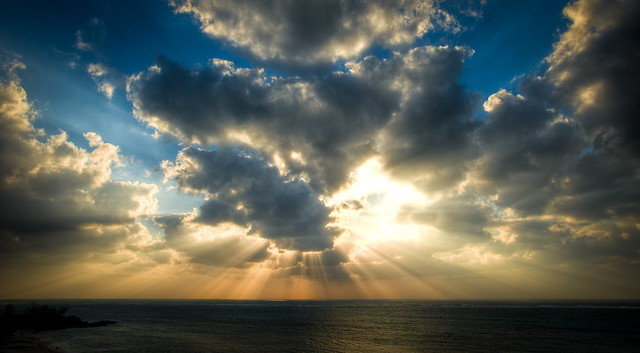Reformation Sunday services? Reformation celebrations? What is the Reformation that we hear so much about...especially in “reformed” churches? The Reformation was the end result of a series of events whose purpose was to reform the medieval Roman Catholic Church from within, initially. It
finally became a movement of separation from this same church. The doctrine of justification by faith alone was recovered by the reformers, and the Bible, rather than the Bible and tradition, was given its
rightful place of authority in the life of the believer. The Bible was made available in the language of the common person, and the Roman Catholic Church lost its stronghold of interpretation of the Scriptures for the masses.
Many events were working together to set the stage for the Reformation, all under the sovereign authority of God. The Renaissance brought a rebirth of learning and the emergence of classical
humanism, or the desire to look to the past for instruction, including an interest in the original languages of the Scriptures. Political, economic and social changes were giving rise to a new group of people, the middle class. As the middle class became more educated and read the Bible in the common tongue, discrepancies became blatantly obvious between what the Roman Catholic Church taught and what
the Scriptures said. The result was a favorable climate to the ideas promoted by these “reformers.”
There are many important places and names of “reformers” to remember concerning the Reformation. The Waldenses in France, John Wycliffe in England, John Hus in Bohemia, Jerome Savonarola in Italy, Erasmus in the Netherlands — these were some of the forerunners who set the stage for the pivotal Reformation events in Germany. Other famous men who followed the Reformation in Germany included Ulrich Zwingli in Switzerland, John Calvin in Geneva, John Knox in Scotland and Thomas Cranmer in England.

But, the spark that really set the Reformation movement ablaze was on October 31, 1517, when a young Augustinian monk, Martin Luther, posted his now famous 95 theses/arguments on the church door of the Wittenberg (Germany) Castle. The timing and place of Luther’s posting is significant. The castle church held one of the largest collections of supposed relics outside of Rome (pieces of bones fromsaints, locks of hairs from martyrs, a piece of the true cross, a twig from Moses’ burning bush, bread from the Last Supper, a veil sprinkled with the blood of Christ - all venerated and held in holy awe). The relics were kept in special reliquaries, ornamented with gold, silver and precious stones. They were specially exhibited on All Saints (Hallows) Day, November 1. The church taught that paying a special fee and viewing the relics would shorten a soul’s stay in purgatory (...this was one teaching Luther challenged in his 95 theses).
Luther promoted the free, gratuitous remission of sin, not by relics, papal pardons or indulgences, but by faith in Jesus Christ.
The next day, November 1, All Saints Day, the multitudes flocked to the church, read Luther’s charges, and the Reformation was born in earnest.
We continue the Reformation, and continue in the Reformed faith, as we ever seek to “reform” our beliefs and lives by the Word of God.
~Pastor Eric Mullinax, Covenant PCA, Chattanooga, TN





























.JPG)















